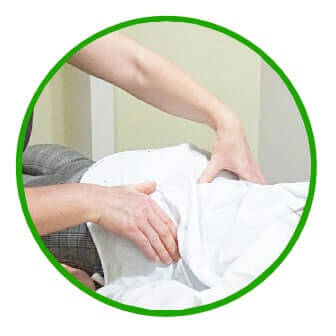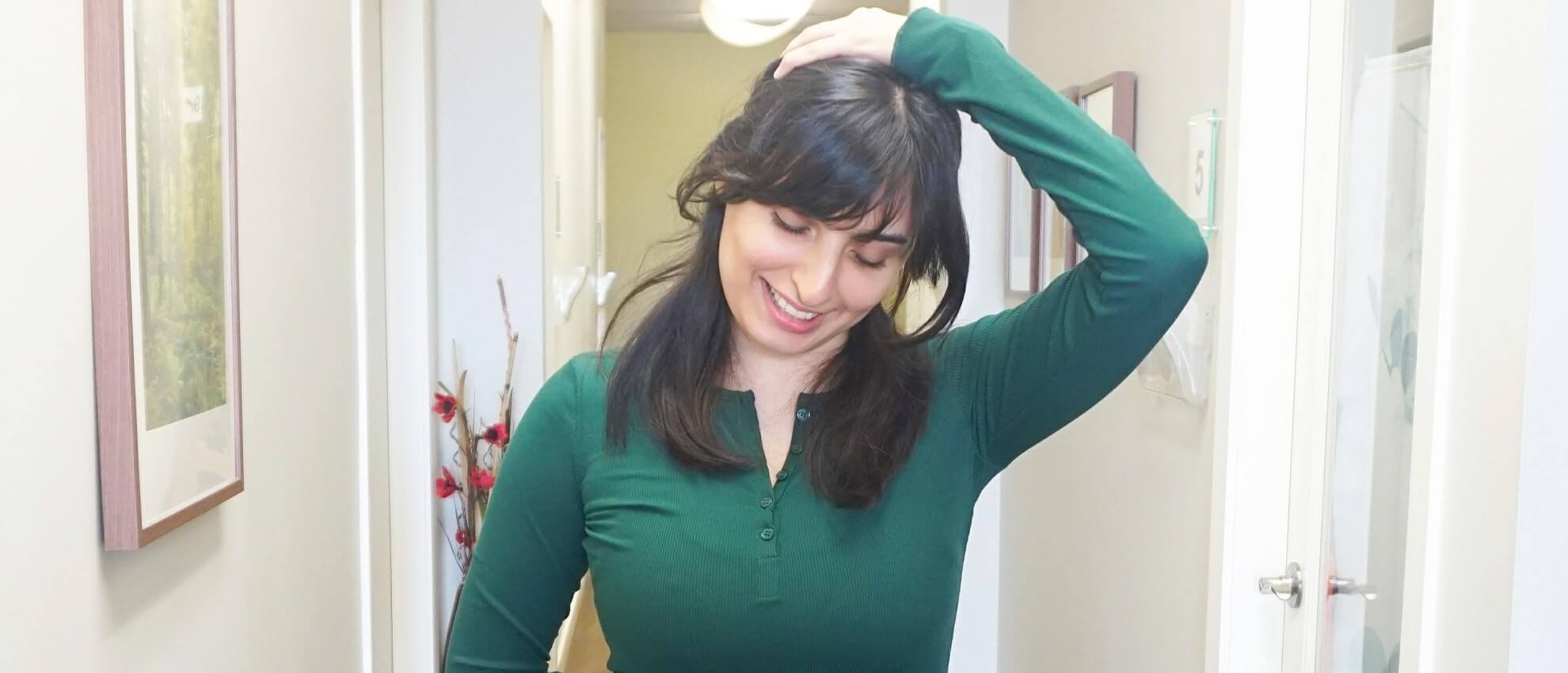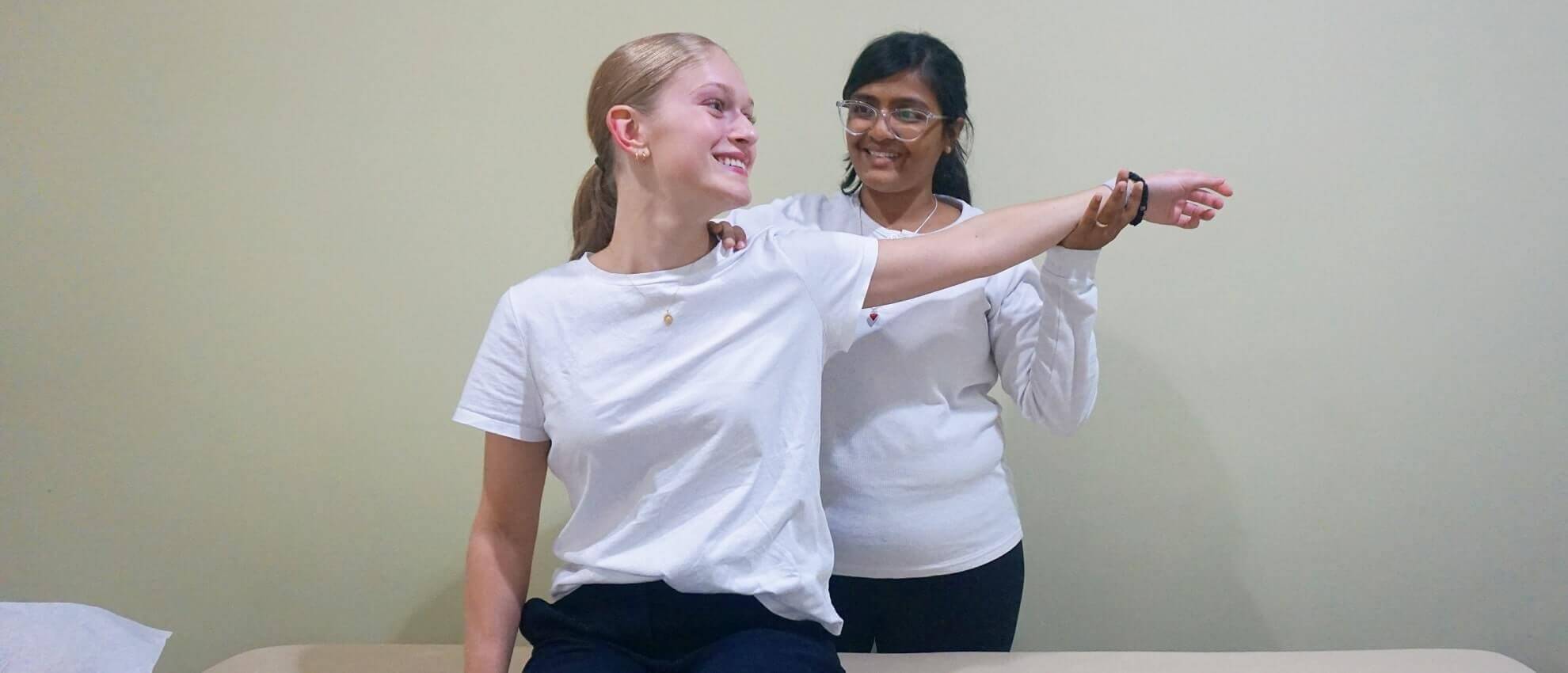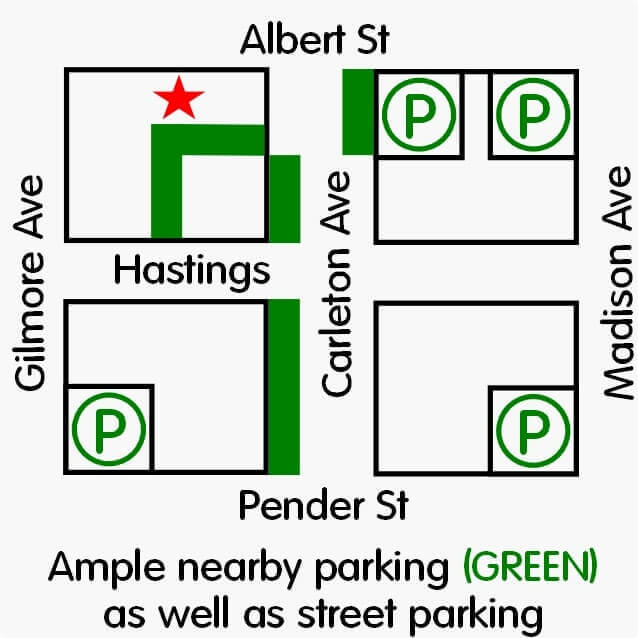How To Treat Migraine Headaches
Migraine headaches: Signs and symptoms, causes and pain remedies
What is a migraine headache
What to do for migraine headaches
A migraine is a headache that is usually on one side and causes severe, throbbing pain. Migraines can last anywhere from a few hours to days. About 1 in 7 people will have migraines
TREATING MIGRAINE HEADACHES
Migraine Versus Headache
Chiropractor For Headaches
Migraine Headache Causes
What Is A Migraine Headache
Different types of migraine headaches
The two most common types of migraine headaches are classic migraines or migraine with aura, and common migraines or migraine without aura. Aura refers to the visual symptoms you may notice with your migraine. Other types of migraine headache include:
- Menstrual migraines: Affects up to 60% of women and can sometimes produce intense nausea and severe headaches
- Ocular migraines: Usually lasts a short period and affects one eye. Can also include a dull ache or some vision loss
- Vestibular migraines: May include dizziness, nausea, vomiting and balance issues
Can a headache turn into a migraine?
A migraine is just one of many different types of headache. Both adults and children can have migraines. Women tend to have them more often than men.
Discover Tips On How To Help Migraine Headaches
Schedule a visit today and find your headache chiropractor near you to get suggestions and help dealing with your migraines.


The Signs And Symptoms Of A Migraine Headache
What are the signs of a migraine headache? When you have a migraine, they are four common stages, though not everyone goes through all the stages. The stages of a migraine are:
1. Prodrome
Before a full blown migraine, you may notice some warning signs one to two days earlier. Some of the signals may include mood changes, constipation, neck stiffness or more frequent urge to go to the washroom.
2. Aura
You may notice an aura either before or while you are having a migraine. Auras can last up to one hour. Symptoms include seeing flashes of light, temporary loss of vision, trouble speaking or numbness in your face or one side of your body
3. Attack
How long can a migraine headache last? A migraine can last anywhere from a few hours to 3 days. During your migraine, you may notice pain more often on one side of your head. Other symptoms include throbbing pain, sensitivity to light as well as nausea or vomiting.
4. Post-drome
After your migraine, you may feel tired and disoriented for up to a day.
Where do migraine headaches hurt?
Migraines can be felt in many different areas including:
- Back of your neck or head
- Behind your eye
- On the side of your head
Difference between a headache versus a migraine
While a migraine is a type of headache, not all headaches are migraines. One of the most common type of headache is a tension headache. One way to tell the difference between a migraine and a tension headache is the symptoms. Migraines tend to be on one side, throb and can be quite painful. Tension headaches are often on both sides of your head, feel more like pressure or tightening and not as intense as a migraine
What Causes Migraine Headaches
There are many different reasons for migraine headaches. Some of these can include:
- Foods that trigger migraine headaches:
- Alcohol especially red wine
- Artificial sweeteners
- Caffeine such as in coffee, tea and pop
- Cheese such as blue cheese, feta or parmesan
- Chocolate
- Cured meat including ham, pepperoni, hot dogs and sausages
- Fermented foods such as kimchi or pickles
- Frozen foods like ice cream or slushies
- MSG
- Salty foods, chips
- Tomatoes
- Exercises that trigger migraines: Exercise can often be helpful in reducing migraine frequency and intensity. However, in some patients, exercise can have the opposite effect and actually trigger migraines. For these patients, doing activities such as strenuous weight lifting or running up the stairs can lead to migraines
- Other triggers that cause migraines: There are many other triggers that can be the reason for migraine headaches in patients. These include:
- Certain medications
- Changes in weather
- Dehydration
- Hormone changes
- Stress
- Strong smells such as perfume and gasoline
- Too much or too little sleep

How To Help Migraine Headaches
There are many strategies that can be used for pain relief and treat migraine headaches.
- Exercise for migraine headache relief – Exercising leads to release of endorphins. These are the natural painkillers released throughout your body. Exercising also helps improve your sense of well-being. Regular aerobic exercise such as biking or walking may help reduce the frequency of migraine headaches
- Natural remedies may be useful in figuring out how to get rid of migraine headache naturally. These can include taking fish oil, ginger, peppermint oil and magnesium among many others. Before taking any supplements, you should your plan with your family physician
- Several medication options may be helpful through speaking with your family physician
- Dietary changes by avoiding food triggers that often lead to migraines
- Manage your stress level by using different relaxation techniques such as biofeedback and meditation
- Stay hydrated and drink plenty of water throughout your day
When To See A Doctor
If your symptoms include confusion or severe vomiting, you should get help right away. Other reasons include losing consciousness, having the worst headache you have ever had, your vision loss has not improved or if your headaches lasts longer than 72 hours.
Though not as alarming, there are several other situations where you should seek advice. These can include if you:
- Feel other symptoms such as fever
- Find your headache has moved to a different place
- Have a headache pattern that feels different
- Need to use medication more than twice a week
- Notice weakness or trouble speaking
- Suffer from migraines more than four days a month
Patient Review
 Kylie
Kylie
I recommended my husband to go there, they solved his headache problem as well… We are so glad we came here and did the treatment. Highly recommend
Posted on Google
Frequently Asked Questions
What are the symptoms of a migraine headache?
What is the difference between a headache and a migraine?
What are some migraine headache treatments?
Learn How To Prevent Migraine Headaches
Schedule a visit with your chiropractor or physiotherapist and they can help you find out what is causing your migraine headache

